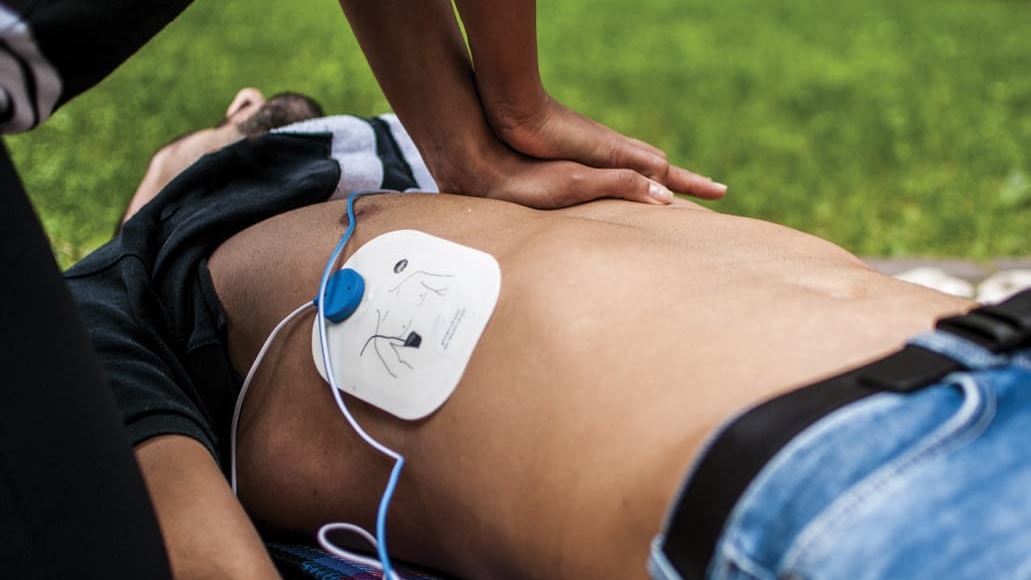
Heart health will be achievable by everyone in Australia by 2050
Goal 4: Manage heart disease effectively and prevent further events
Goal 4: Manage heart disease effectively and prevent further events

Heart disease is a lifelong condition with physical and psychological challenges.
Heart diseases include coronary heart disease, valve disease, rhythm disorders, and heart failure. Each disease requires specific diagnostic, treatment, and care strategies. Long-term survival following a heart event requires comprehensive support strategies acknowledging that people with heart disease live with other conditions that must also be addressed, such as kidney disease, diabetes, mental health challenges, and cancer.
Manage heart health holistically.
We need to resist the temptation to focus on heart disease in isolation and instead reflect the role of heart health within a whole-of-person approach to health and wellbeing.
- People living with multiple chronic diseases often experience worse heart health outcomes.17
- Many people with heart disease in Australia do not have access to life-saving medicines and treatment strategies.18
- Some people are unsure of how to do hands-only cardiopulmonary resuscitation (CPR) and how to use automated external defibrillators (AEDs), and there are not enough working AEDs available in either public or private settings.19,20

Actions
4.1 Ensure access to comprehensive and culturally responsive services and support for people living with heart disease
- Ensure population-wide access to the best care, medicines, and support after a heart event, delivered through culturally and linguistically responsive services.
- Provide multifaceted and whole-of-person support for people living with heart disease, addressing their physical, emotional, and social needs.
- Provide support for people living with heart disease alongside other conditions.
4.2 Support research for advanced treatments and management of heart disease
- Develop more effective treatments for the management and secondary prevention of heart disease by funding research and guiding the translation of findings into clinical practice.
4.3 Improve cardiac arrest and heart attack survival rates
- Improve cardiac arrest survival rates through CPR training, improved AED accessibility, and other initiatives.
- Improve heart attack survival rates through awareness and education regarding differing risk factors and symptoms.
- Continue to fund research into prevention, early intervention, and treatment of cardiac arrests and heart attacks.
4.4 Enable access to post-event cardiac care and rehabilitation, including psychosocial support
- Enable broad access to high-quality, post-event cardiac care and psychosocial support, including cardiac rehabilitation programs.
Previous
Goal 3: Prevent, detect, and manage risk early
Next
Guiding principles